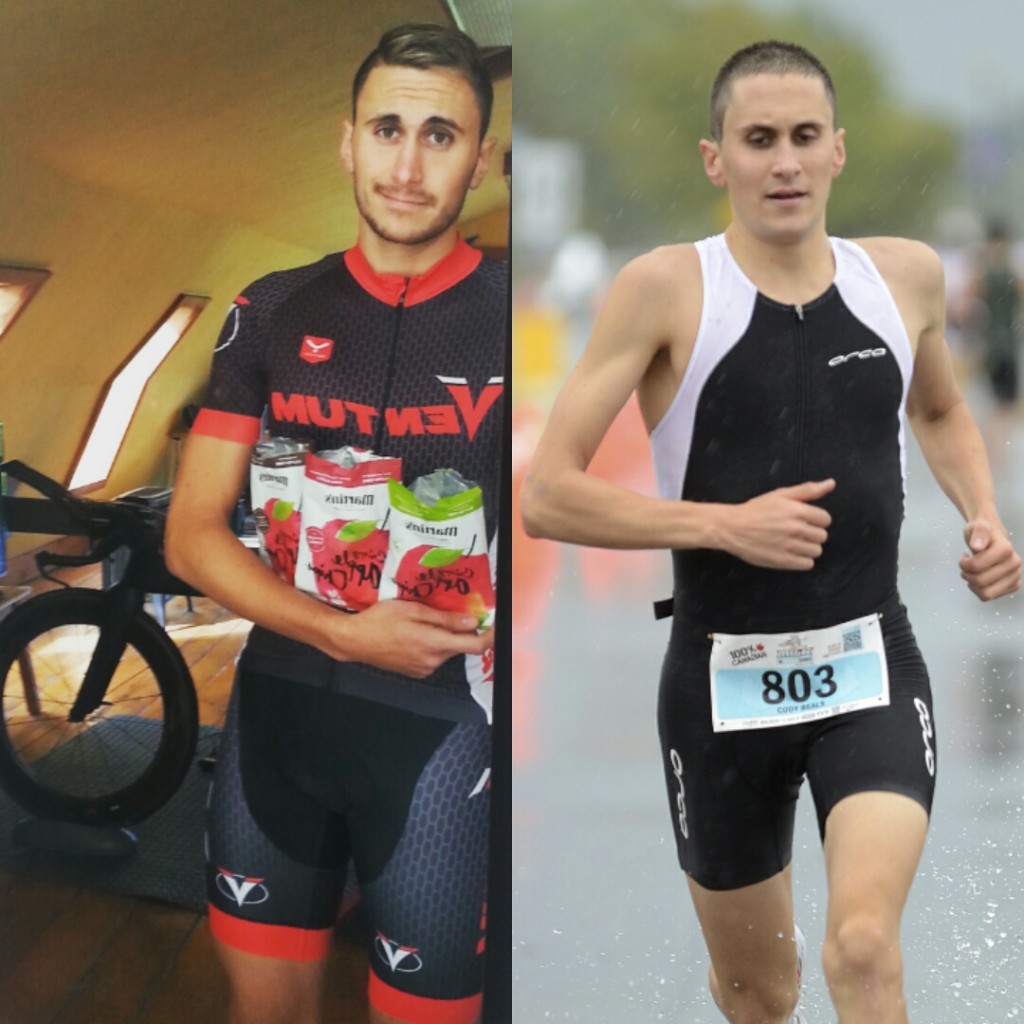You may remember a couple of blog posts I wrote on my history with low testosterone. Long story short, around 2009 to 2013, I managed to beat my testosterone down to pitiful levels through some combination of interrelated factors including misguided “self-coaching”, an overly restrictive diet and underfueling of workouts, chronic insomnia, and poor management of stress and anxiety. Testosterone both influences and responds to many measures of men’s physical and mental health. A host of unpleasant symptoms not only hampered me as an athlete, but also hurt my quality of life. It’s time for an update and some good news!
I continue to receive a steady stream of messages in response to my posts from other endurance athletes with similar stories to share, typically high level amateur men and even some professionals. This helped draw my attention to the fact that endocrine dysfunction in endurance athletes, particularly higher level competitors, is sadly common, though there isn’t much general awareness about the issue. Discussion of low testosterone even seems to be stigmatized in certain contexts due to the perceived association with illegal doping.
I spent the past few years gradually clawing my way back to good health through a comprehensive suite of training and lifestyle changes. My approach was entirely holistic, “natural”, and non-pharmaceutical, meaning that I never resorted to testosterone supplementation or other banned methods. Apparently that surprises some people. I’ve heard from male athletes who consulted their doctors about low T only to be offered testosterone supplements on the spot with no discussion of alternatives, which is troubling to say the least. Widespread T therapy for men is a relatively new and booming industry, and presumably a boon for big pharma. Instead, my recovery process focused on more mundane and slow acting approaches: abandoning self-coaching and hiring a world class coach; adjusting the amount and composition of my training, especially the balance of work and recovery; improving my nutrition and fueling practices; gaining roughly twenty pounds; improving my sleep and stress management; and more.
Four years ago, I started from a low point with testosterone levels one third the minimum threshold considered normal for the general male population (never mind a fit 20-something). I’m proud to report that my most recent blood test showed completely normal testosterone levels smack in the middle of the reference range for 20-39 year old men (free testosterone: 394 pmol/L, lab reference range: 196-636 pmol/L). In my case, low T wasn’t an inevitable consequence of high level endurance training as I once assumed; it could be mitigated and even avoided altogether.
Why am I proud of this? In a way, it feels like a bigger accomplishment than any race result or accolade I’ve earned because it was harder to achieve. Making significant training and lifestyle changes isn’t easy. I’ve come a long way from the compulsively exercising, underweight insomniac I was just a few years ago to the professional triathlete am I today, and I no doubt still have much to learn. I haven’t uncovered any secrets, shortcuts or grand revelations along the way. My best piece of advice, repeated often here, is to embrace the never-ending process of seeking out and destroying your limiters, even if that entails radical change.
And don’t repeat my mistakes!
Cody








